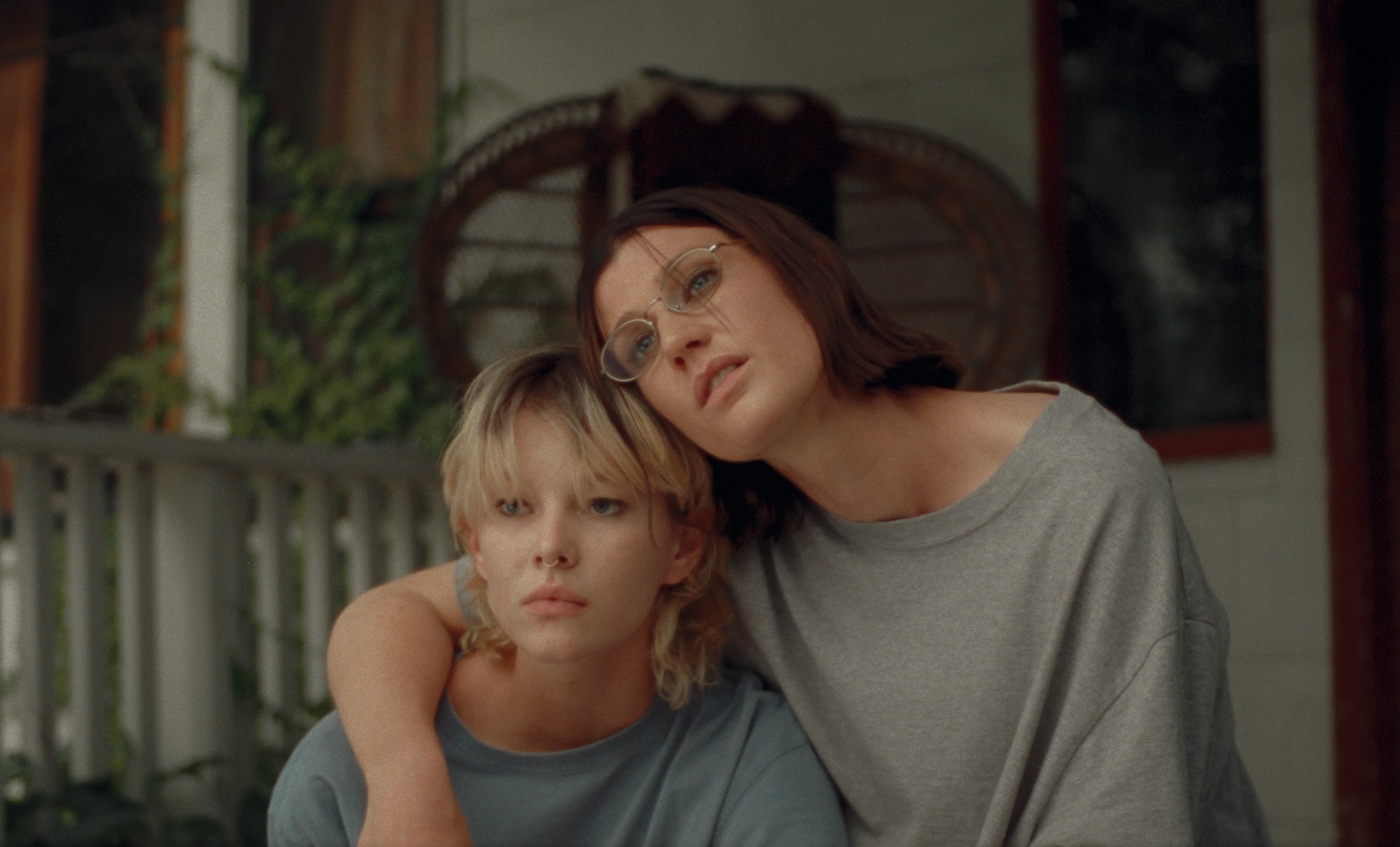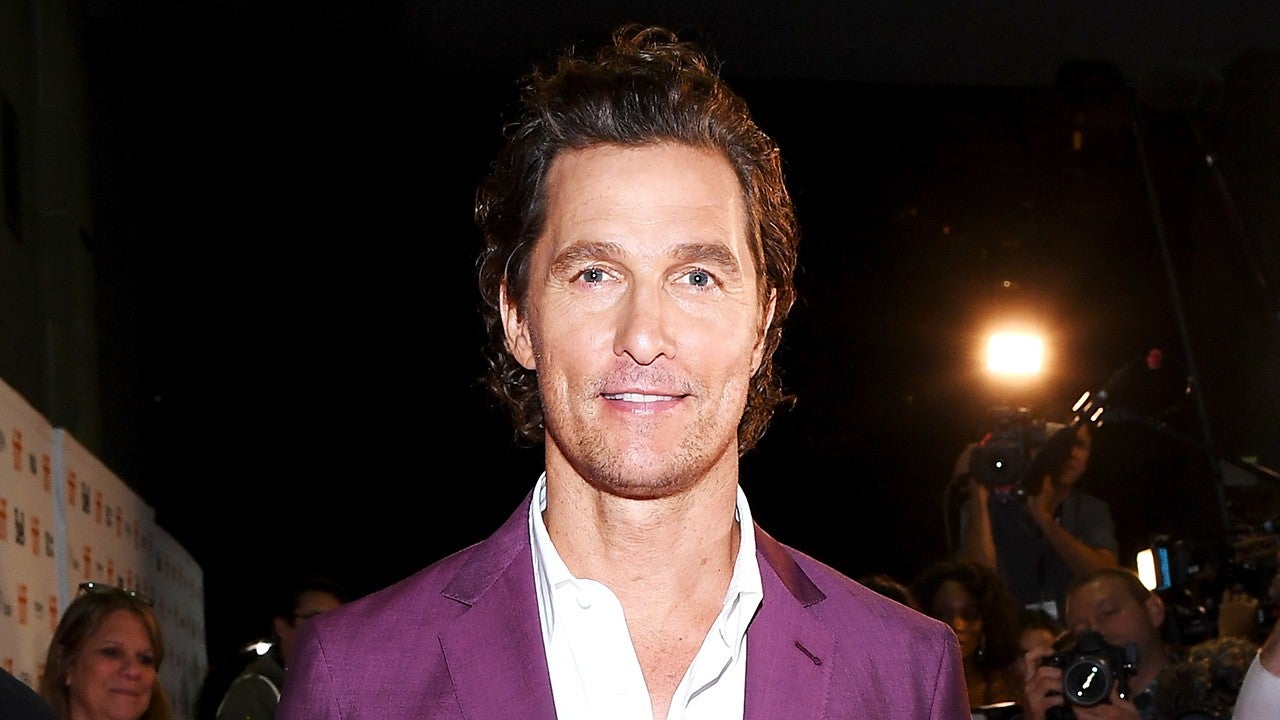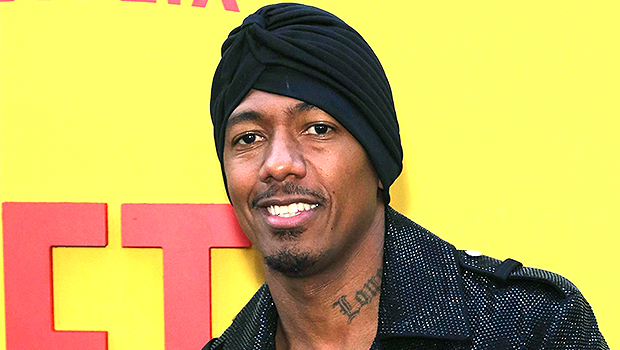TIFF 2022 Women Directors: Meet Sophie Jarvis – “Until Branches Bend”
Sophie Jarvis studied at Simon Fraser University, where she made her short film “The Worst Day Ever,” which premiered at TIFF in 2012. Since then, she has gone on to direct primarily live-action shorts, including “Medical Drama” and “Come...

Sophie Jarvis studied at Simon Fraser University, where she made her short film “The Worst Day Ever,” which premiered at TIFF in 2012. Since then, she has gone on to direct primarily live-action shorts, including “Medical Drama” and “Come to your senses.” The latter was co-directed with Alicia Eisen. “Until Branches Bend” marks her feature debut. She currently resides on unceded xʷməθkʷəy̓əm (Musqueam), Skwxwú7mesh (Squamish), and səl̓ilwətaɁɬ (Tsleil-Waututh) territories aka Vancouver.
“Until Branches Bend” is screening at the 2022 Toronto International Film Festival, which is running from September 8-18.
W&H: Describe the film for us in your own words.
SJ: “Until Branches Bend” is a psychological drama that follows Robin, a distraught cannery worker who finds an invasive insect in a peach and has to convince her community that it poses a danger.
W&H: What drew you to this story?
SJ: I grew up visiting my grandparents in a place called Summerland, a peaceful orchard town in the interior of British Columbia. I have always been struck by the beauty of the landscape and the neighborly attitude of the community. I wanted to tell a story that turned this impression on its head, and suggest that something unsettling might be going on under the idyllic surface.
W&H: What do you want people to think about after they watch the film?
SJ: The central plot of “Until Branches Bend” is around the invasive insect and its effect on the community. I want people to reflect on the other types of invasions that exist within the story. For example, Robin is experiencing an unwanted pregnancy, and the life growing inside her feels like an invasion of her body. The town’s economy revolves around monoculture, which is a product of colonization, an invasion of Indigenous land. This theme is evident in subtle and not-so-subtle ways throughout the film.
W&H: What was the biggest challenge in making the film?
SJ: We pushed our production dates by a year because of the pandemic, and finally went to camera in July 2021. Not only did we still have to work around COVID-19, we also were filming during a terrible season for wildfires in the area. The smoke was very challenging, as well as the incredible heat of summer in the Okanagan region.
W&H: How did you get your film funded? Share some insights into how you got the film made.
SJ: “Until Branches Bend” is an independent Canada-Swiss co-production. We received Telefilm funding in Canada, which opened the door for other funding bodies to come on board.
I am Swiss through my grandfather, and this connection helped us find Swiss co-producers in the development stage. They were able to source 40 percent of our total budget.
W&H: What inspired you to become a filmmaker?
SJ: I have always loved reading, hearing, and telling stories. I am also a visual thinker and an extrovert. I learned early on that filmmaking was the best way to express my ideas, and it allowed me to collaborate with other equally passionate people.
W&H: What’s the best and worst advice you’ve received?
SJ: Best advice: Whenever you say yes to something, you are also saying no to something else. My impulse is to always be accommodating, which I think is true for a lot of women. This simple reminder has been extremely helpful for me. It gives me a chance to acknowledge my gut reaction to an ask, and allows me to consider my priorities before committing to something that may not be the best fit for me.
I have a background as a production designer. The worst advice I received was when someone told me I had to choose between directing and production design in order to succeed. I rejected that advice at the time because the person offering it had, I think, a different definition of success than I did. It was a reminder for me to trust and follow my interests, which could not be so rigidly defined. I am the director I am today because of my experience working as a production designer. In fact, I often get hired as a director because of it. Directing did eventually eclipse design, but it happened organically, guided by choices I made out of instinct rather than strategy.
W&H: What advice do you have for other women directors?
SJ: Stick up for each other. Be generous. Nobody succeeds without the support of other people.
If you have had the privilege to have been uplifted, pass that around to people who don’t have the same connections as you. There’s room for everybody. Find a mentor, or be a mentor with people whose work you feel aligns with your own.
W&H: Name your favorite woman-directed film and why.
SJ: There are so many. Off the top of my head, I love “La Ciénaga” by Lucrecia Martel. It’s been a long time since I’ve seen it, but the characters have stuck with me. There is such a confident energy in her work that I really admire.
W&H: What, if any, responsibilities do you think storytellers have to confront the tumult in the world, from the pandemic to the loss of abortion rights and systemic violence?
SJ: We each have our own unique lens on the world, and different events impact everyone in personal ways. I think storytellers have a responsibility to examine why they want to tell a certain story, and to ask themselves the hard question of “Is this your story to tell?”
The media we consume is largely from a white and male perspective, even when the stories are about people who are not. Criticism against this is growing louder, and I hope it leads to a place where people with diverse experiences are supported in telling their own stories.
W&H: The film industry has a long history of underrepresenting people of color onscreen and behind the scenes and reinforcing — and creating — negative stereotypes. What actions do you think need to be taken to make Hollywood and/or the doc world more inclusive?
SJ: My own career was boosted because I had the privilege to attend film school and take job shadowing positions that were sometimes unpaid. I would love to see more companies invest in emerging BIPOC filmmakers early in their career. To me, investment means providing paid mentorships, financial support to create short form work to build skills and reels, and references for job opportunities.

 ShanonG
ShanonG 
































